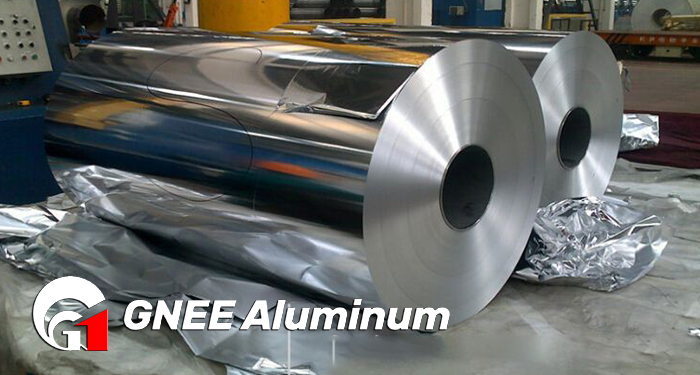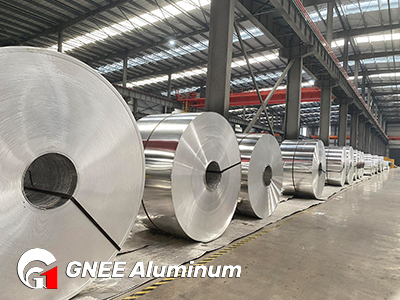GNEE provides double-zero aluminum foil, which can provide various materials, such as 8011 aluminum foil, 1235 aluminum foil and other materials. The double-zero aluminum foil currently available is a product with a thickness of 0.0065mm or more.
Due to its thin thickness, double-zero aluminum foil greatly tests the equipment and processing capabilities of the production unit. A high-quality double-zero aluminum foil requires not only sophisticated equipment, but also highly skilled production technology. Double-zero aluminum foil refers to aluminum foil with two zeros after the decimal point when the thickness is measured in mm. It can be widely used in food, beverages, cigarettes, medicines, household daily necessities packaging, capacitor manufacturing and other fields. At present, double-zero aluminum foil with a thickness of about 0.006mm is widely used in the world. Further reducing the thickness, improving the mechanical properties of double-zero foil, and reducing the pinhole rate represent the development direction of double-zero aluminum foil. Ultra-thin aluminum foil (0.0050mm) can be produced at home and abroad. Thickness or less) there are still very few companies.

Double-zero aluminum foil can be produced by the casting and rolling method and the hot rolling method. The casting and rolling method has low cost, short process and obvious economic benefits. Chinese enterprises often use this method; while the hot rolling method has stable production performance and relatively higher cost. In developed countries, It is mainly produced by hot rolling method, and a few enterprises in my country also use hot rolling method. Stable production of high-quality ultra-thin double-zero aluminum foil by the hot rolling method is mainly to control the uniformity of the ingot structure and the nucleation, growth and distribution of the second phase during the intermediate annealing process. The selection of the annealing process has a profound impact on the precipitation and distribution of the second phase. important impact.

Especially for the production of ultra-thin double-zero aluminum foil by hot rolling, there are many annealing times and a long cycle. The homogenization annealing, intermediate annealing (requires multiple times), and finished product annealing require precise control. In the existing technology, the following process flow is used to prepare double-zero aluminum foil: first cast the aluminum liquid into an ingot, heat it evenly, then perform hot continuous rolling and cold rolling on the ingot to obtain an aluminum foil blank, and then perform an intermediate annealing. After intermediate annealing, continue cold rolling and foil rolling on the aluminum foil blank to obtain a finished double-zero aluminum foil product with a thickness less than 0.01mm, and then roll the finished product according to product needs. The disadvantage of the existing technology is that during the rolling process of the finished double-zero aluminum foil, more pinholes appear, which affects the quality of the double-zero aluminum foil.